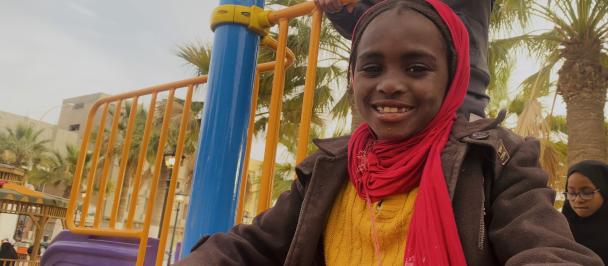Stories from the field: Balochistan
Stranded with no Place to go
September 7, 2022

Children from Kohlu, Balochistan.
In Balochistan, like other parts of the country, it kept on raining throughout August. The situation worsened in the last week of August, when it rained non-stop for 48 hours.

Balochistan
Most of the people in Balochistan live in mud-houses, called ‘’kaccha makan.” Originally this was an indigenous homebuilding to keep houses cool in the summers and warm in the winters. But as temperatures rose, many people who could afford to, built homes of cement, with air conditioning.

Damaged household items and possessions after the flood.
The torrential rains eroded and destroyed the mud-houses. News reports say, about 70 percent of mud-houses in the province have been damaged. It is difficult to get an accurate count, as flood waters remain high, disconnecting one village from another. With severe damage to roads and telecommunications infrastructure, thousands of people remain cut off from aid, and stranded. And with wheat and rice fields destroyed, food prices have shot up by almost 200 percent.

Balochistan's mud-houses, called ‘’kaccha makan.”
The only way to leave or travel is by boat, or by foot in many areas. And families are not embarking on that journey because they have heard that neighboring districts are also badly damaged. Many also don’t move because they don’t want to leave without their livestock, on whom they depend on for sustenance and income.

Damage to the infrastructure after the torrential rains and flood.
In Quetta, the capital city of Balochistan, we got gas after two weeks, and the electricity situation is still unpredictable. So, one can only imagine how bad the situation is in districts that are cut off from transport and connectivity.
The highway that connects Quetta with other cities is only open for light traffic, which means delivery of aid and humanitarian services is a challenge. People have been forced to live in the open. They urgently require tents, beds, and dry biscuits. Ration items like flour and rice are useless if you don’t have gas or electricity to cook with.

Destruction left by the floods in Kohlu, Balochistan.
In such a crisis, geography has become the unfortunate yardstick of unequal aid distribution. Districts that are closer to bigger cities are receiving more aid, while ones further away are not.
There are few districts in the hilly eastern region where the floods have ebbed, but the districts closer to the plains are still inundated. Even when people get tents, the dilemma remains: where to set them up? There is also fear of snakes, as the water has forced snakes out of their habitats.

Destruction left by the floods in Kohlu, Balochistan.
We have not seen rain like this in Balochistan. Our elders tell us that the last time the province experienced such rainfall was in the 1960s. Quetta receives much more of the winter rain, and the monsoon doesn’t touch the region. Now that has changed. The shift in the monsoon’s intensity and its direction is a clear symptom of climate change.
Story by Muhammad Marri, Communications Officer, UNDP Pakistan

 Locations
Locations


